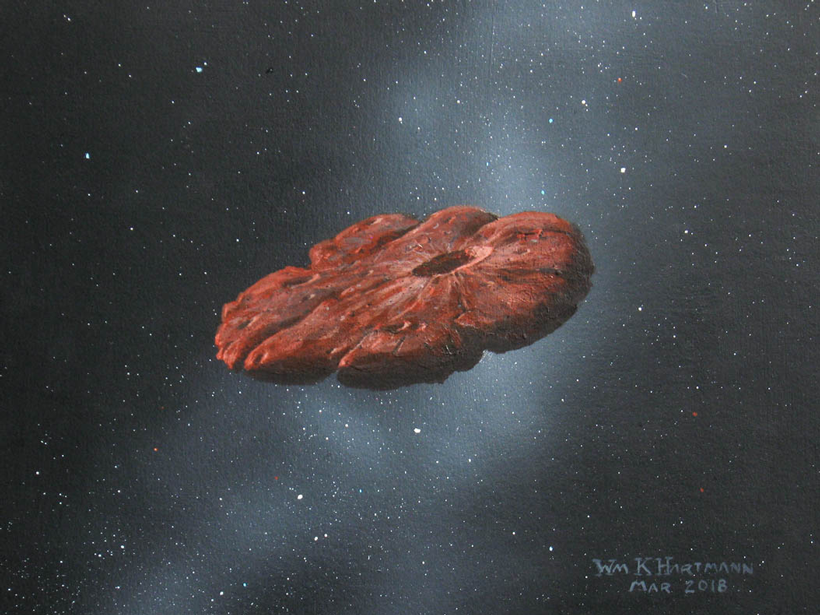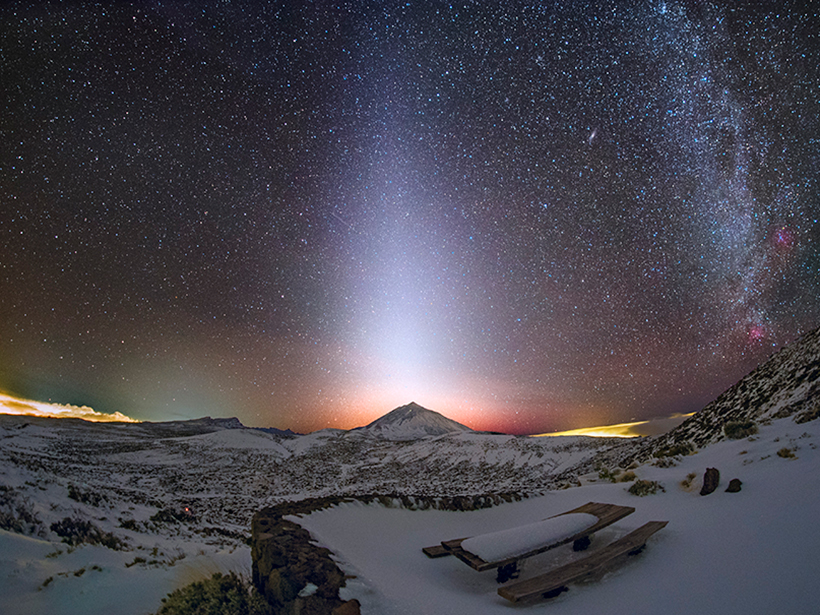A strategy that combines geologic mapping with data on how the planet’s surface emits and absorbs microwave radiation could potentially identify recent lava flows.
Journal of Geophysical Research: Planets
Not So Hot Under the Collar
Thermal properties of Martian soil as measured by the InSight lander.
Juno Detects Jupiter’s Highest-Energy Ions
Trapped ions discovered at midlatitudes can have energies exceeding 100 megaelectron volts per nucleon. Their detection adds to our understanding of the powerful radiation environment around Jupiter.
‘Oumuamua May Be an Icy Fragment of a Pluto-Like Exoplanet
Researchers favor nitrogen ice as the most likely material for the mysterious interstellar object’s composition.
How Not to Homogenize a Planet
Even the strong heating from short-lived aluminium-26 (26Al) would not be able to homogenize the interior of a Mars‐sized planetary embryo.
After the Dust Cleared: New Clue on Mars’ Recurring Slope Lineae
An imaging campaign after the 2018 planet-encircling dust storm on Mars revealed a significant increase in detections of enigmatic recurring slope lineae and new insights into how they might form.
形成黄道光的太空尘埃可能来自火星
朱诺号探测器飞往木星途中的偶然发现表明,形成黄道光的太空尘埃可能来自火星,但这些尘埃是如何从火星或其卫星逃逸出来的仍不得而知。
The Space Dust That Causes Zodiacal Light Might Come from Mars
Serendipitous observations by the Juno spacecraft while it was en route to Jupiter suggest a Martian source for the dust, but how the dust escapes Mars or its moons remains unknown.
Moon’s Largest Crater Holds Clues About Early Lunar Mantle
An ancient impact splashed evidence of the Moon’s early mantle makeup onto its surface. Now researchers are piecing together models, maps, and samples to bring these mysteries to light.










